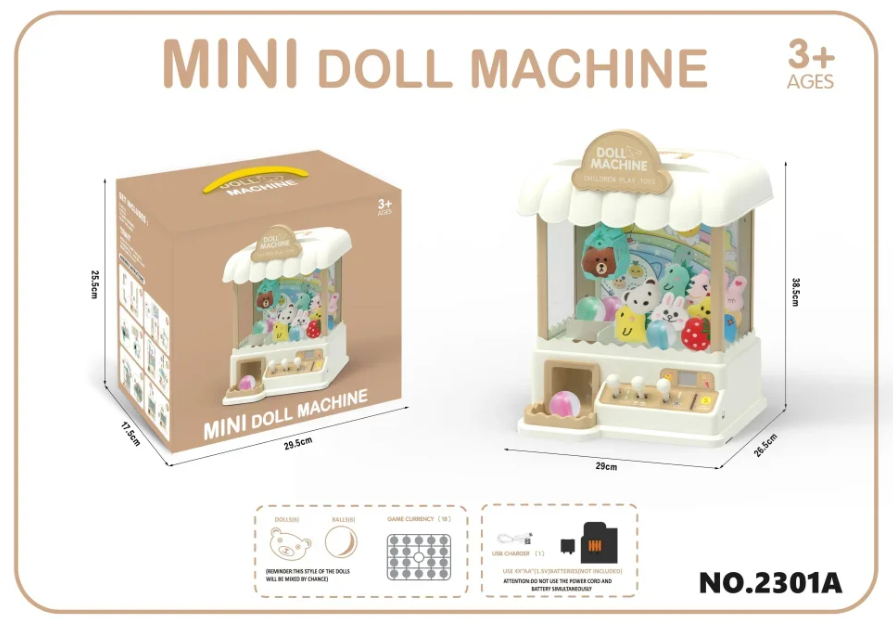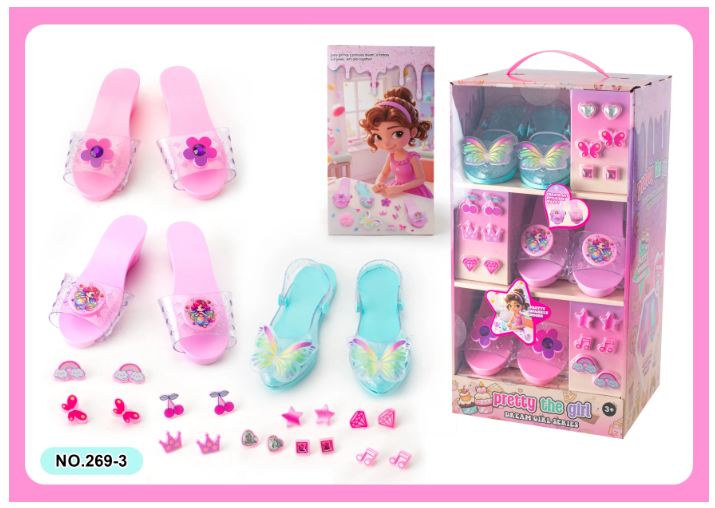The apparel market, a dynamic and multifaceted sector, is poised for significant evolution in the coming years. As consumer preferences shift, technological advancements reshape production processes, and sustainability becomes a non-negotiable standard, understanding the outlook for the apparel market is crucial for stakeholders across the industry. This article delves into the key trends, challenges, and opportunities that will define the apparel landscape in the near future.
- Consumer Behavior Shifts
The apparel market is increasingly influenced by changing consumer behaviors. The rise of the conscious consumer—individuals who prioritize sustainability, ethical production, and transparency—has prompted brands to rethink their strategies. According to a recent survey, over 60% of consumers are willing to pay more for sustainable products. This trend is not just a passing phase; it represents a fundamental shift in how consumers engage with brands.
Moreover, the COVID-19 pandemic has accelerated the shift towards casual and comfortable clothing, as remote work and lifestyle changes have altered daily routines. Brands that can adapt to these evolving preferences, offering versatile and comfortable apparel, are likely to thrive.
- Technological Innovations
Technology is revolutionizing the apparel market in several ways. From advanced manufacturing techniques such as 3D printing to the integration of artificial intelligence in supply chain management, technology is enhancing efficiency and reducing waste. For instance, AI-driven analytics can predict fashion trends and consumer preferences, enabling brands to make data-informed decisions.
Additionally, the rise of e-commerce has transformed how consumers shop for apparel. With the increasing prevalence of online shopping, brands must invest in robust digital platforms and user-friendly interfaces to capture and retain customers. The integration of augmented reality (AR) and virtual fitting rooms is also becoming a game-changer, allowing consumers to visualize how garments will look and fit before making a purchase.
- Sustainability and Ethical Practices
Sustainability is no longer an option but a necessity in the apparel market. Brands are under pressure to adopt sustainable practices, from sourcing materials to manufacturing processes. The use of organic fabrics, recycled materials, and eco-friendly dyes is becoming standard practice. Furthermore, transparency in supply chains is critical; consumers demand to know where their clothes come from and how they are made.
The circular economy is gaining traction, with brands exploring rental models, resale platforms, and recycling initiatives. Companies like Patagonia and Rent the Runway are leading the way, demonstrating that sustainable practices can coexist with profitability. As consumers become more environmentally conscious, brands that prioritize sustainability will likely see increased loyalty and market share.
- Global Market Dynamics
The apparel market is inherently global, with supply chains spanning continents. However, geopolitical tensions, trade policies, and economic fluctuations can significantly impact the industry. For instance, the ongoing trade disputes between major economies can lead to increased tariffs and supply chain disruptions.
Moreover, emerging markets present both challenges and opportunities. Countries in Asia, Africa, and Latin America are experiencing rising middle-class populations, leading to increased demand for apparel. Brands that can navigate these markets effectively, understanding local preferences and cultural nuances, will be well-positioned for growth.
- The Role of Social Media and Influencer Marketing
Social media continues to play a pivotal role in shaping the apparel market. Platforms like Instagram, TikTok, and Pinterest are not just channels for brand promotion; they are integral to how consumers discover and engage with fashion. Influencer marketing has emerged as a powerful tool, with influencers driving trends and shaping consumer perceptions.
Brands that leverage social media effectively can create authentic connections with their audience, fostering brand loyalty and driving sales. However, the landscape is constantly evolving, and brands must stay ahead of trends to remain relevant.
Conclusion: A Promising Yet Challenging Future
The outlook for the apparel market is both promising and challenging. As consumer preferences evolve, technology advances, and sustainability becomes paramount, brands must adapt to thrive in this dynamic environment. By embracing innovation, prioritizing ethical practices, and understanding global market dynamics, stakeholders can navigate the complexities of the apparel industry and seize the opportunities that lie ahead.


